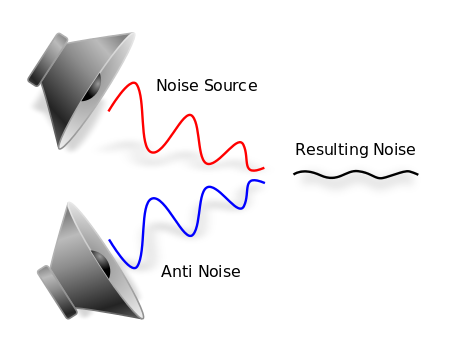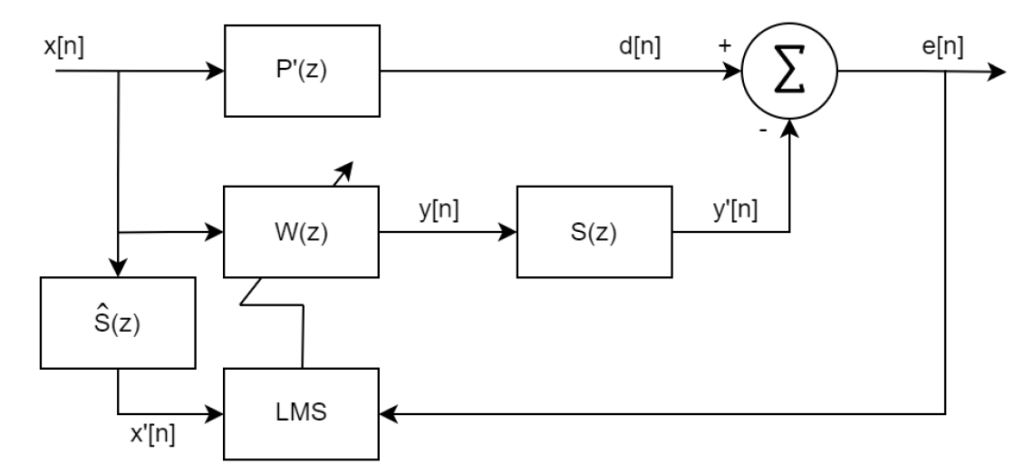Introduction

In recent years, Active Noise Cancellation (ANC) has been increasingly exploited in our daily lives. For instance, nowadays all high end earphones and headphones are equipped with this technology. Manufacturers are forced by the market to implement ANC in their audio devices to remain competitive. In particular, Apple and Samsung have embedded ANC in their commercial devices (e.g., in Apple Air Pods and Samsung Galaxy Buds Live). Moreover, in 2020, Microsoft has introduced its own ANC feature on the Microsoft Teams Platform to offer a clearer and better call or conference experience. The implementation scope of this technology is not restricted to earphones and headphones since acoustic noise is a phenomenon experienced in different environments; for instance, particular attention to noise levels has to be paid in industrial environments. Starting from this observation, various new applications of ANC can be envisaged. A relevant environment in which ANC can play an important role is represented by the cabin of an heavy-duty industrial/agricultural vehicle. The cabin represents an insulating barrier between the vehicle operator and the (possibly) harsh external environment. During a normal working day, the operator is forced to remain inside the cabin for a long time. Vehicle manufacturers
try to design cabins in a way that provides the best possible comfort for operators; sometimes, however, physical limitations can prevent significant improvements. When this happens, other technical options must be explored; ANC is one of them.
How does it work?
All the active noise cancellation architectures undergo the same core concept, represented in Fig. 1. That is the generation of a quadrature dephased signal with respect to the one to be cancelled (anti-noise). In other words, a destructive interference phenomenon is exploited. Indeed, it is easy to imagine that a tone, representable by a sinusoidal signal at that specific frequency, if superimposed with the same signal but with 180◦ phase shift, is perfectly cancelled out. If we then consider that every kind of signal shape can be decomposed, according to the Fourier theorem, into a sum of many harmonics we immediately recognize that this disruptive interference phenomenon can be applied in a general way.
Our applicative scenario

Compared to the classical scenarios in which ANC is employed (such as those listed above), noise reduction in 3D spaces such as vehicle cabins cannot be achieved employing canonical adaptive structures (e.g., that depicted in Fig. 2). ANC inside industrial vehicle’s cabin is particularly difficult due to: 1) the harsh environment; 2) the non-stationarity of the propagating medium; 3) the wide variety, i.e. the spectral richness, of the noise to be attenuated.
Open positions
Open positions about this topic, if any, are listed in the Open Positions page.
